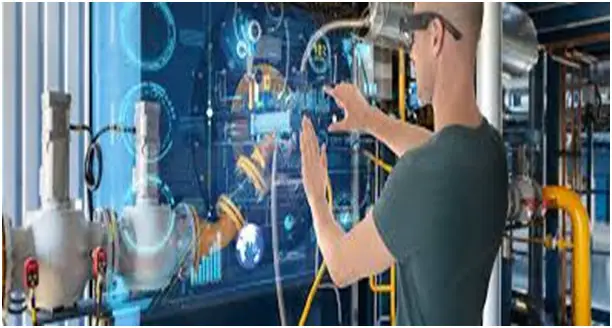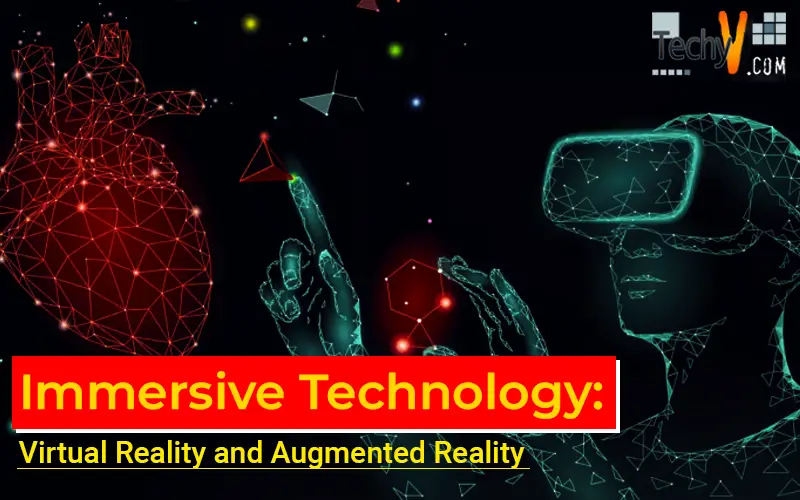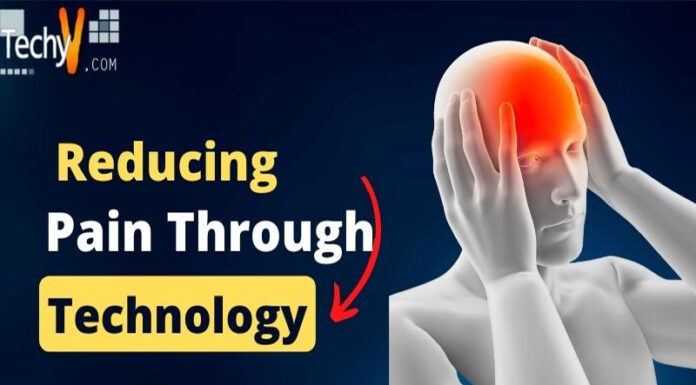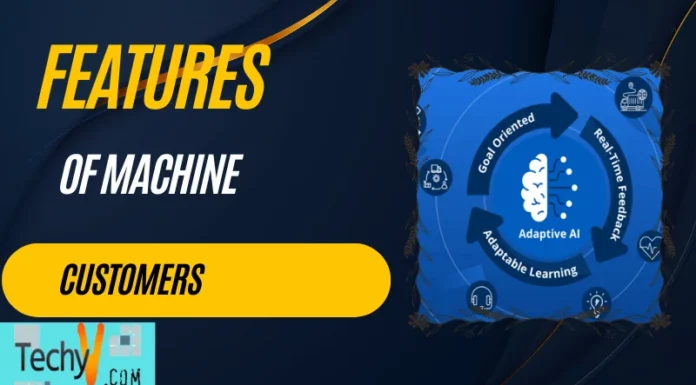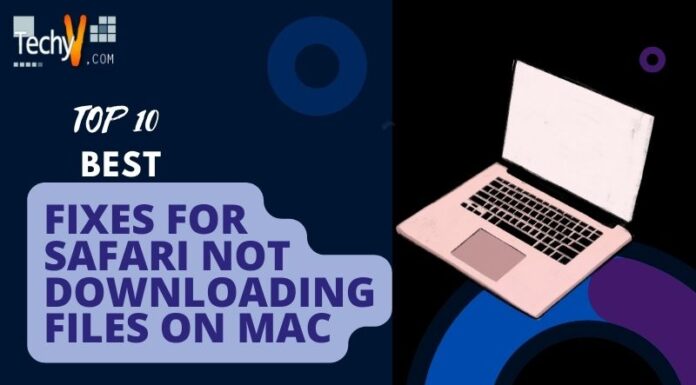“Immersive technology is a technology that dims the line between the physical and digital world, which created a sense of immersion.”
At first, I am oblivious to this type of technology and was very eager to know what it is all about. So I started to gather information from any available resources, and after toiling hard, I finally made a precise study about the Immersive Technology, which consists of the Virtual Reality (VR) and Augmented Reality (AR).
Immersive technologies transformed the way human interact with one another and with software systems. By 2021, the immersive technology will rise drastically in all sectors, thereby creating a great impact on all industries. Immersive application beyond isolated and single-person experiences extends through integration and sensor-rich environments over mobile, wearable, and the Internet of Things (IoT). The user experiences an immersive application where they can interact with the virtual world, giving them a similar feeling of the realistic world.
The user experiences an artificial environment, unlike the traditional user interface. The users also interact with the objects in a 3D atmosphere. The more senses (like the sense of hearing, touch, vision, smell, etc.) it stimulates, the computer mutates into a gatekeeper in the artificial world. The content availability and low-cost estimation of power are the only restrictions to near-real VR experiences.
In Augmented Reality, the computer uses algorithms and sensors to find the orientation and place of a camera. The 3D graphics are then rendered by technology so that the objects appear from the camera’s viewpoint.
Implementation:
In present days, the Virtual Reality and Augmented Reality systems have been frequently enforced in any one of the three ways:
- World-fixed
- Head mounted
- Handheld displays
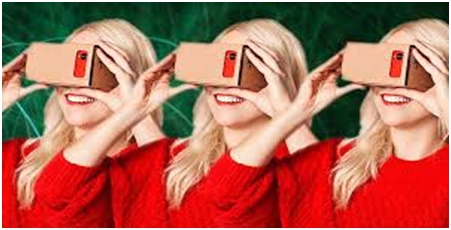
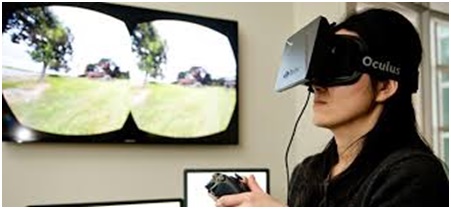

Many companies such as Google have invested their products based on Virtual Reality and Augmented Reality. Consequently, this technology has promoted a benefit to the business sector, thereby increasing the demand for it. For example, the airplane stimulation for new pilots can help in saving time and jet fuel.
Virtual Reality (VR) in Business:
The Virtual Reality (VR) elements are in the form of a headset worn by the users, and this headset displays the replica of the real-life environment that is riveting and bilateral. They sell out in different price range and styles so that the companies can carry out their products according to their budget. Due to this emerging technology, the communications, meetings, and training were carried out efficiently. The companies also use the VR technology for product testing as the products tested in real-life with persons is very dangerous, and so the artificial world can make it possible. VR also opens up a great opportunity in the marketing field where most of the consumer owns a Smartphone.
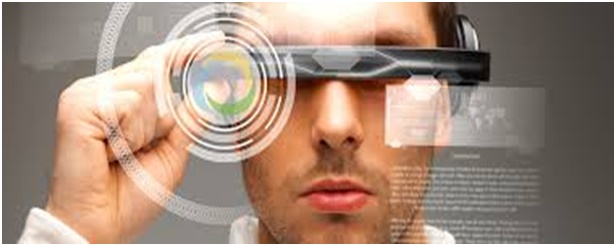
Augmented Reality (VR) in Business:
Augmented reality technology is impressive and handy, so many companies have formulated brainy ways to use the AR for their convenience in facilitating their business targets and demand. As AR can run very efficiently through an app, the companies deliver the products directly to the customers. AR is also used in design and retail. The product-centric companies have already implemented their projects in 3D models for design, deploying them through AR technology and customizing before any production orders. The B2B sale is another unexplored market which changes for a better purpose.
